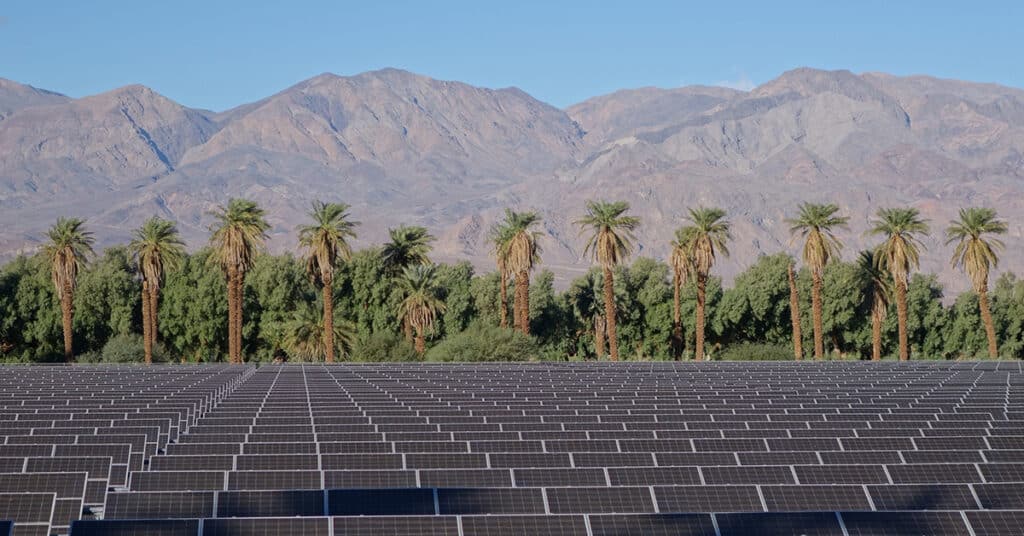It’s no surprise that the “Golden State” has taken the top spot in solar energy initiatives in the U.S. In size, California is the 3rd largest state, 3 of its cities—Sacramento, Fresno, and Redding – are among the “sunniest” in the U.S., and it also boasts the highest population of billionaires in the country.
California has more than just a combination of wealth, geographic space, and access to the sun, however. The underlying mentality of the state, is “laid-back”, yes, but is also a mentality that places the conservation of resources at the forefront of consumption. The words “drought,” “smog,” “water pollution,” and “landslide” are all common terminology for the California resident. This could perhaps explain the focus on creating a more sustainable environment, to preserve the beauty of the region and the health and welfare of its residents.
Supportive solar policies and falling costs have incentivized businesses, residents, and utilities to invest in solar resources to the point that headlines now read: “California sun produces so much power that electricity prices turn negative.” With investments now leading to cost savings as well as environmental benefits, it’s clear that the case for solar is a solid one. While the state is clearly at the forefront, is it possible for another state to surpass California in solar energy and take the crown as the #1 solar state? The short answer is yes, the opportunity is still available to several states, many of them are close contenders on SEIA’s top solar states list:
- North Carolina – Rising in the rankings from 3rd to 2nd place last year was no small feat. North Carolina’s recent focus on sustainable energy has created a big impact in the state: creating 7,112 solar jobs that contributed to solar installations totaling 922 MW in capacity last year.
- Texas – Not only is Texas larger than California, it also receives an average of 2,850 hours of sun; priming it to take the first-place spot in solar energy usage. Although it is currently #9 in the rankings, we expect to see a big jump from the Lone Star State next year.
- New Jersey – Ranked 2nd highest in the nation in a 2014 survey of median household income is the Garden State. Combine the progressive mindset of neighboring cities, like New York City and Philadelphia, with an average 2499 hours of sunlight per year and you’ll discover a state with the equivalent of 309,000 homes powered by solar energy.
There are several states that did not make the top 10 list that have ample opportunity to shine as it pertains to solar energy as well. Most notably:
- Colorado – It may be a surprise to hear that one of the states that gets the most sun is Colorado. Grand Junction, for example, gets 3,204 total hours of sunshine annually. As the 8th largest state is isn’t a question of space, just when the state will prioritize solar energy.
- Florida – As the Sunshine State it’s no secret that Florida gets more than its fair share of sunlight to utilize solar as a key renewable resource. With greater solar incentives, Florida could easily become a major solar player.
- Maryland – With the nation’s highest average median annual income, Maryland has the $ for investment. It also receives 57% sun in the Baltimore area totaling ~2,582 hours of sunshine.
There has never been a better time to invest in solar energy. We applaud all states in their current contributions and look forward to next year’s rankings to see what incredible investments and returns are created.
For more information on the Sunbolt solar charging products and how you can make a solar impact in your state, contact info@gosunbolt.com or call 267.419.8496.


